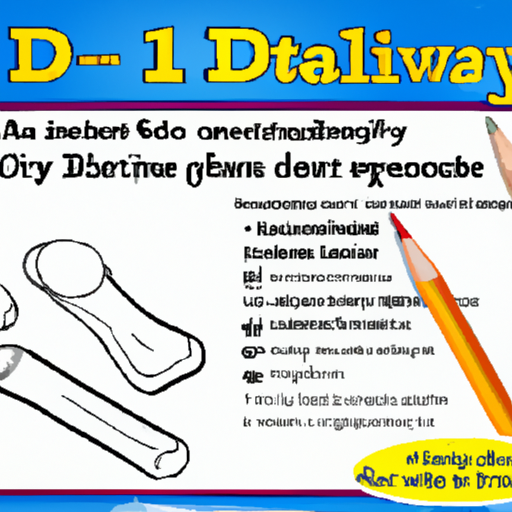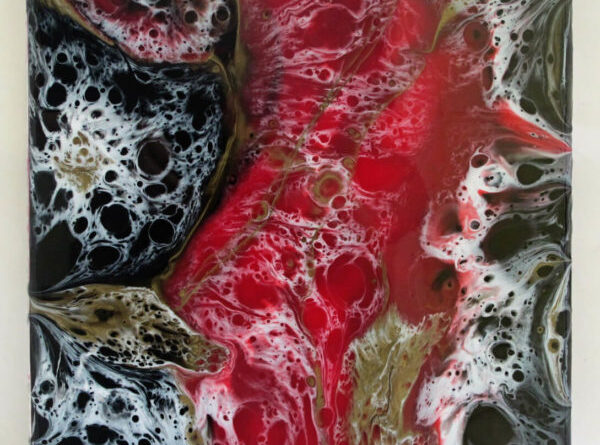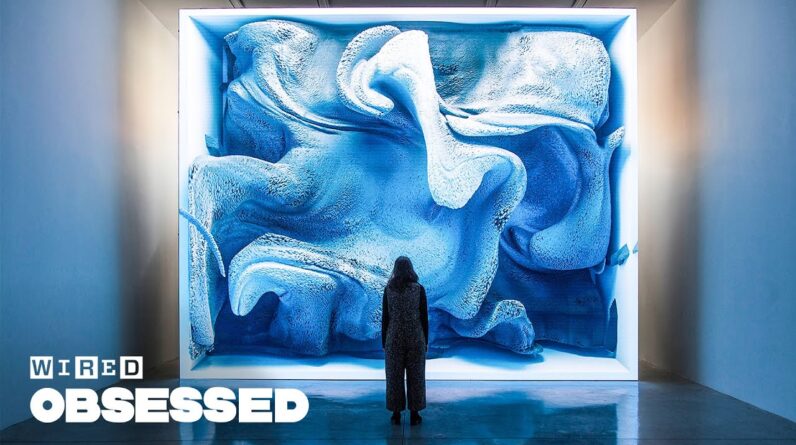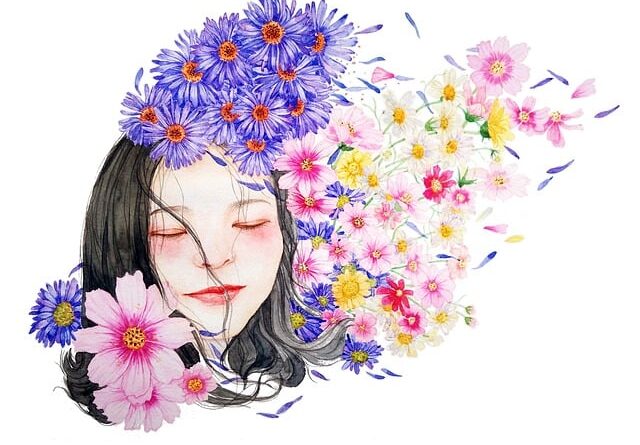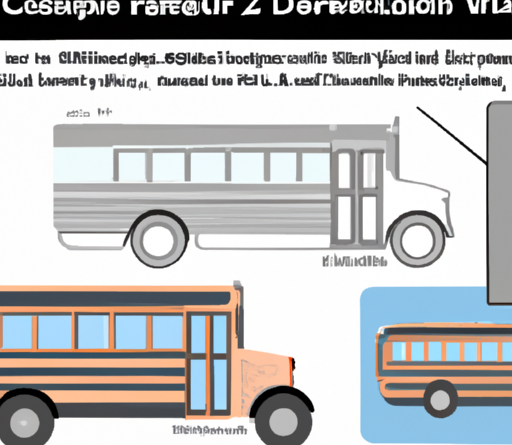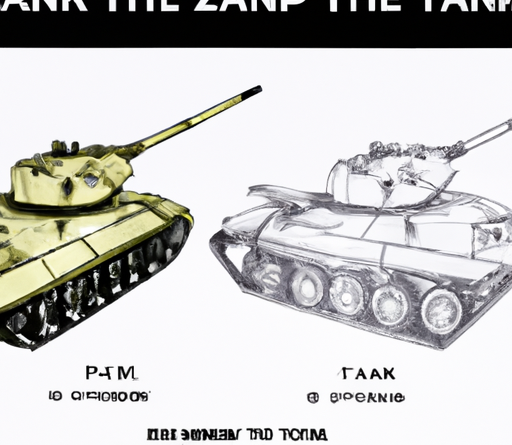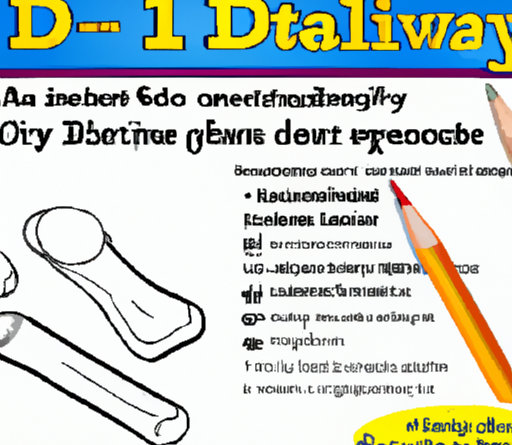
In this article, you’ll learn how to draw through step-by-step tutorials. These tutorials will provide you with the necessary guidance and instructions to develop your drawing skills. You’ll discover various techniques and tips that will help you create stunning artworks. Whether you’re a beginner or looking to enhance your existing skills, these tutorials will provide you with the knowledge and practice you need. So, let’s get started and explore the wonderful world of drawing!
Table of Contents
Learn to Draw with Step-by-Step Tutorials
Introduction
Learning to draw can be an incredibly rewarding and fulfilling hobby. Whether you’re just starting out or looking to improve your skills, step-by-step tutorials can be a great way to develop your artistic abilities. In this article, we will explore the basics of drawing, provide tips and techniques for getting started, and delve into various subjects and styles to help you find your unique voice as an artist.
Understanding the Basics
The Importance of Observation
Observation is a fundamental skill for every artist. Learning to see and analyze the world around you is crucial for accurately capturing it on paper. Take the time to carefully observe the subject you want to draw – notice its shapes, proportions, and details. Pay attention to how light and shadow interact with the subject, as this will greatly influence your drawing.
Choosing the Right Drawing Materials
Before you begin drawing, it’s important to have the right tools. The most basic and versatile drawing tool is a pencil, but different pencil grades can achieve different effects. A softer pencil, such as a 4B or 6B, will produce darker and smoother lines, while a harder pencil, like an HB or 2H, will create lighter and more precise lines. Experiment with different pencil grades to find the ones that work best for you.
Other drawing materials you might want to consider include charcoal, pen and ink, or colored pencils. Each medium has its own unique qualities and can be used to achieve different effects, so don’t be afraid to explore and experiment with different materials.
Understanding Lines, Shapes, and Proportions
Lines, shapes, and proportions are the building blocks of any drawing. Learning to effectively use these elements is essential for creating accurate and visually pleasing artwork. Start by practicing basic shapes such as circles, squares, and triangles. Once you feel comfortable with these, you can move on to more complex shapes and objects.
Proportions are also important to consider when drawing. Pay attention to the relationships between different parts of your subject and make sure they are represented accurately on paper. Using measuring techniques and comparing sizes can help you achieve a more realistic and well-balanced drawing.

Getting Started
Setting Up Your Drawing Workspace
Creating a comfortable and organized workspace is essential for an enjoyable drawing experience. Make sure you have a clean and well-lit area to work in. Use a drawing board or easel to support your paper and prevent it from moving while you draw. Keep your drawing materials within easy reach to avoid interruptions and distractions.
Sketching the Outline
When starting a drawing, it’s often helpful to begin by sketching the outline of your subject. This will serve as a guide for the rest of your drawing and help you establish its overall shape and proportions. Use light and loose lines at this stage, as you will be refining and adding details later.
Blocking in the Basic Shapes
After sketching the outline, you can begin blocking in the basic shapes of your subject. Break down the subject into simple forms and draw them as accurately as possible. This will provide a solid foundation for adding details and creating a more realistic drawing.
Adding Details and Volume
Adding Value and Shadows
Value refers to the range of lightness and darkness in a drawing. It is an important tool for creating depth and volume. Observing the light source in your reference and identifying areas of light and shadow will help you determine the values in your drawing. Use different shading techniques, such as hatching or cross-hatching, to create realistic shadows and add dimension to your artwork.
Creating Texture and Patterns
Texture and patterns can add interest and realism to your drawings. Experiment with different mark-making techniques to create the illusion of different textures, such as rough or smooth surfaces. Pay attention to the direction of your strokes and use them to convey the texture of your subject.
Adding Highlights and Reflections
Highlights and reflections are areas of intense brightness or light that appear on shiny or reflective surfaces. They can add a sense of realism and depth to your drawings. Use an eraser or a light-colored pencil to carefully lift off or lighten areas to create highlights and reflections.
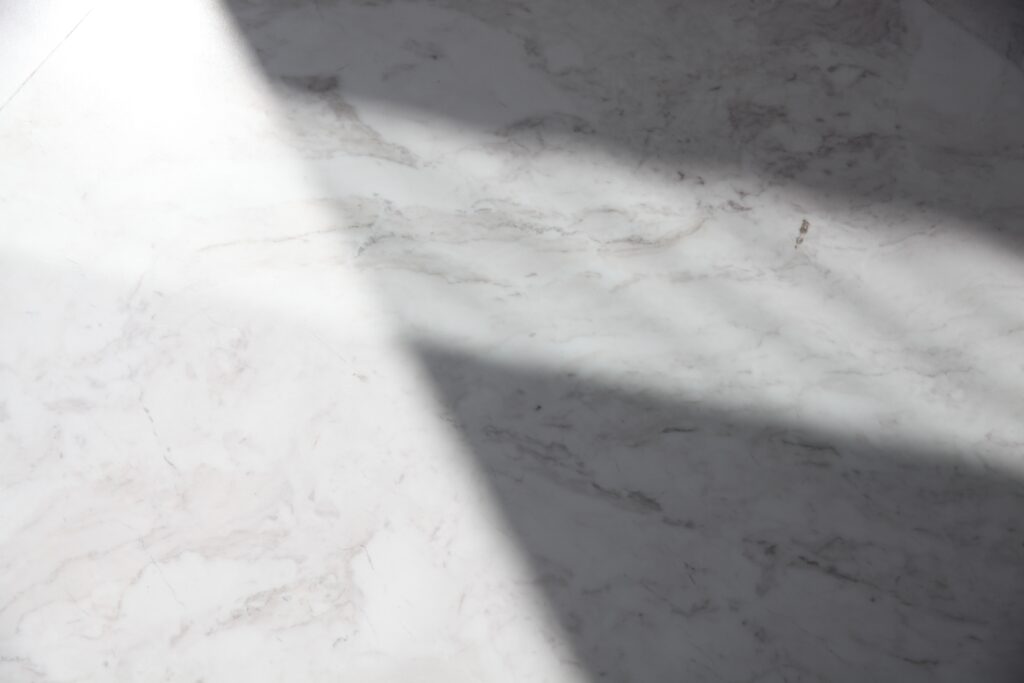
Exploring Different Techniques
Cross-Hatching and Stippling
Cross-hatching and stippling are two popular shading techniques that can add depth and texture to your drawings. Cross-hatching involves drawing parallel lines in different directions to create value, while stippling involves using dots or small marks to build up tone. Experiment with these techniques to achieve different effects and find the ones that work best for you.
Blending and Smudging
Blending and smudging are techniques used to soften and blend the transitions between different values in a drawing. You can use your finger, a blending stump, or a piece of tissue to gently smudge and blend areas together. This can create a smoother and more cohesive look in your artwork.
Using Different Pencil Grades
Different pencil grades can produce different effects in your drawings. Experiment with softer pencils for darker and smoother lines, and harder pencils for lighter and more precise lines. Combine different grades to achieve a wider range of values and create more dynamic drawings.
Drawing Different Subjects
Drawing Portraits
Drawing portraits can be a challenging but highly rewarding subject. Start by learning the basic proportions and structures of the face, such as the placement of the eyes, nose, and mouth. Pay attention to details such as the shape of the features, the direction and quality of the light, and the emotions and expressions you want to convey. Practice regularly and study from references to improve your portrait drawing skills.
Drawing Animals
Drawing animals allows you to explore different shapes, textures, and behaviors. Begin by studying the anatomy and proportions of the animal you want to draw. Pay attention to its skeletal structure, muscle masses, and fur patterns. Observe the animal in motion and capture its unique characteristics and postures. Experiment with different drawing techniques to capture the texture and fur of animals.
Drawing Still Life
Drawing still life subjects, such as fruits, flowers, or everyday objects, can help you improve your observational skills and understanding of light and shadow. Arrange objects in a visually interesting composition and pay attention to their shapes, values, and textures. Experiment with different drawing materials and techniques to capture the unique qualities of each object.

Developing Your Artistic Style
Exploring Different Styles and Inspirations
As you progress in your drawing journey, it’s important to explore different styles and artistic inspirations. Study the works of different artists and try to identify elements that you admire or resonate with. Experiment with different styles – from realistic to abstract – and incorporate elements that you find appealing into your own drawings. This will help you develop your own unique artistic voice.
Experimenting with Different Mediums
Drawing is not limited to just pencils. Experiment with different drawing mediums, such as charcoal, pen and ink, or colored pencils. Each medium has its own unique characteristics and can produce different effects. Don’t be afraid to step out of your comfort zone and try new materials – you may discover a new favorite medium or find that certain mediums better suit your artistic style.
Finding Your Unique Voice
Finding your unique voice as an artist is a journey that takes time and exploration. Don’t be discouraged if your early drawings don’t turn out exactly how you envisioned. Embrace the process of learning and growing as an artist. Allow yourself to experiment, make mistakes, and learn from them. With practice and perseverance, you will develop your own style and create drawings that truly reflect your vision and creativity.
Troubleshooting Common Drawing Problems
Dealing with Proportional Errors
Proportional errors can be a common issue when drawing. If you find that your drawing doesn’t accurately represent the proportions of your subject, take a step back and compare different parts to each other. Use measuring techniques, such as sighting or using a pencil as a measuring tool, to ensure that the relationships between different parts are accurate. Don’t be afraid to make adjustments and corrections as needed.
Fixing Mistakes and Erasing
Mistakes are a natural part of the drawing process, and it’s important to embrace them as learning opportunities. If you make a mistake, don’t fret. Use an eraser to carefully remove or lighten the incorrect lines or areas. Remember to be gentle when erasing to avoid damaging your paper. If necessary, you can also use a kneaded eraser to lift off graphite or charcoal for more precise corrections.
Overcoming Creative Block
Creative block can happen to any artist, but there are ways to overcome it. Try switching up your subject matter or medium to jumpstart your creativity. Take a break and engage in activities that inspire you, such as visiting art galleries, reading books, or spending time in nature. Remember that creativity is a process and not every drawing has to be a masterpiece. Embrace experimentation and allow yourself to create freely without judgment.
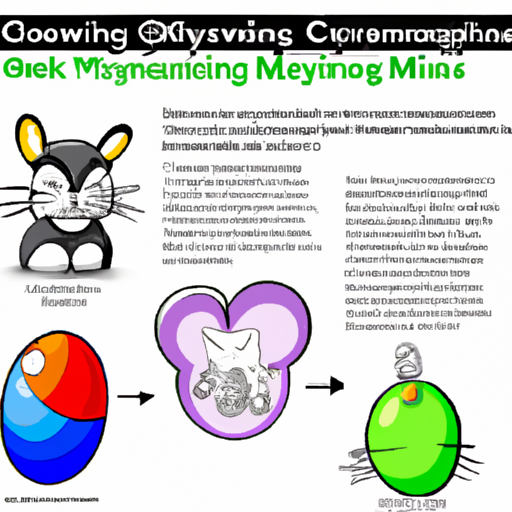
Expanding Your Skills
Drawing Perspective and Depth
Mastering perspective is key to creating drawings that appear three-dimensional. Practice drawing simple shapes in different perspectives, such as one-point, two-point, and three-point perspective. Study the rules of perspective, such as converging lines and vanishing points, to accurately represent depth and space in your drawings. With time and practice, you will be able to create more convincing and realistic environments.
Creating Realistic Textures
Capturing realistic textures can greatly enhance the visual impact of your drawings. Study different textures, such as wood, fabric, or metal, and practice rendering them using different drawing techniques. Pay attention to the direction and quality of the texture and use strokes or marks that best represent it. Experiment with different tools, such as brushes or sponges, to achieve different textural effects.
Exploring Composition and Layout
Composition and layout are important aspects of creating visually engaging drawings. Experiment with different arrangements and placements of your subject within the frame. Consider elements such as balance, rhythm, and focal points to create a harmonious and dynamic composition. Don’t be afraid to try different perspectives or cropping to add interest to your drawings.
Conclusion
Learning to draw is a journey of exploration and self-expression. By understanding the basics, practicing different techniques, and experimenting with various subjects and styles, you can develop your artistic skills and find your unique voice as an artist. Remember to be patient, embrace the learning process, and most importantly, enjoy the experience of creating something beautiful with your own hands. Happy drawing!
